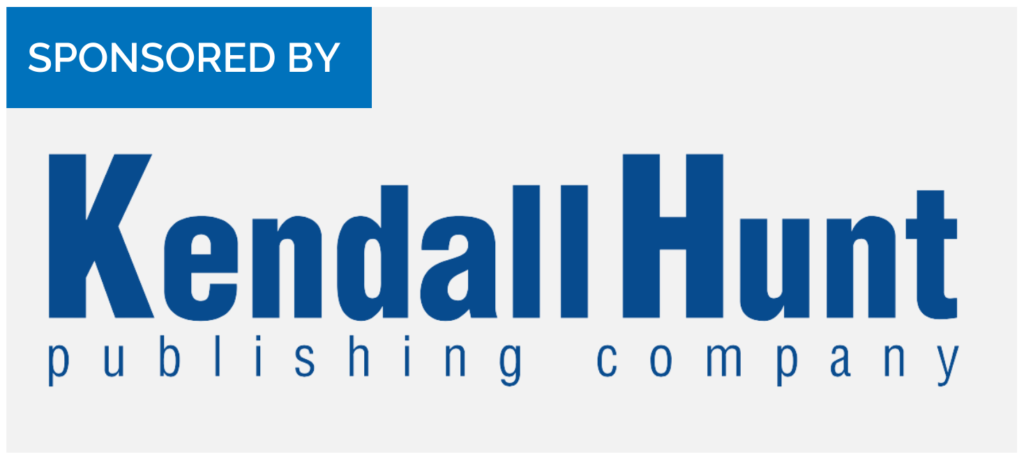Many academics lack confidence in some aspect of their professional lives, and while some are open about this, for others, it’s a well-kept secret, says Mary Beth Averill, academic writing coach, editor, and co-author with Hillary Hutchinson of The Confident Academic: Overcoming the small fish, big pond experience… and other difficult matters.
“I’ve been working with academic writers for over 30 years, and one thing that comes up repeatedly in my work with clients is their lack of confidence,” she says. “Even people who look to me like they’re at the top of their field sometimes feel a lack of confidence in some areas of their professional life.”







